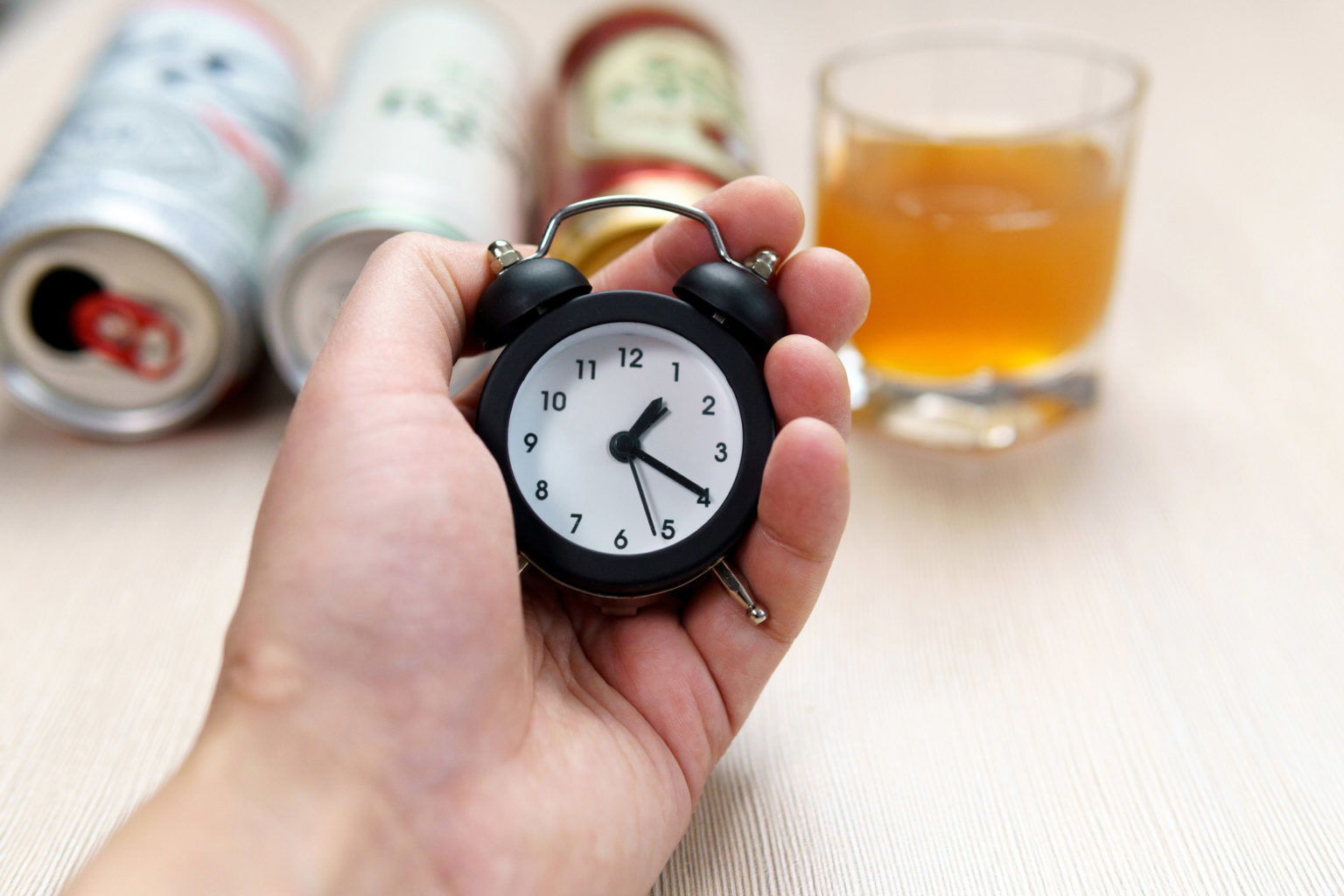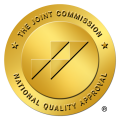Abstinence vs. Harm Reduction
What is Abstinence?
In its broadest definition, abstinence is the act of refraining from something, such as refraining from performing an action or refraining from the use of something.
Various types of abstinence include abstinence from drugs, food, tobacco smoking, alcohol, sex, and caffeine.
Abstinence in Addiction Treatment
Abstinence is the most traditional form of addiction treatment. Abstinence-based addiction treatment rests on the idea that there is no “safe” amount of drinking or drug use for people in recovery because addiction is a chronic condition and relapse is always a possibility.
What is Harm Reduction?
Why is Harm Reduction Important?
Why is Harm Reduction Controversial?
Harm reduction is controversial because, at first, it seems counterintuitive. Programs and facilities which provide sterile syringes to injection drug users seem to be facilitating such drug use, thereby enabling the use of illicit drugs. However, these facilities are reducing the risk of infection and spread of blood-borne disease from sharing needles, and these facilities can provide information on treatment options alongside safety practices.
Principles of Harm Reduction
Harm Reduction International summarizes the principles of harm reduction (as set forth by the National Harm Reduction Coalition (NHRC)) as:3 4
- Respect the rights of people who use drugs
- Commit to evidence-based policies and practices
- Commit to social justice and collaborating with networks of people who use drugs
- Avoid stigma
Goals of Harm Reduction
The goals of harm reduction are to:
- Keep people alive and encourage positive change in their lives
- Reduce the harms of drug laws and policies
- Offer alternatives to approaches that seek to prevent or end drug use
Harm Reduction Strategies

Harm reduction strategies encompass a range of health and social services and practices.
Needle Exchange Services
Syringe Services Programs (also referred to as needle exchange programs and SSP) provide access to sterile needles, syringes, and injection equipment. These programs facilitate the safe disposal of used syringes and provide and link to other services and programs such as education about overdose prevention and safer injection practices, naloxone distribution and education, screening for STDs, viral hepatitis and HIV, and referrals to treatment programs.6Safe Injection Sites
Supervised consumption services (SCS) are designated sites where people can use pre-obtained drugs under the safety and support of trained personnel.9 These services primarily aim to reduce the acute risks of disease transmission through unhygienic injecting, prevent drug-related overdose deaths and connect high-risk drug users with addiction treatment and other health and social services.8Drinking and Driving Laws
Drinking and driving laws have been demonstrated to be effective by the National Highway Traffic Safety Administration (NHTSA).9 Administrative license suspension (ALS) laws allow law enforcement and driver licensing authorities to suspend a driver’s license if the driver fails or refuses to take a BAC test.
Alcohol-impaired driving laws make it illegal to drive with a BAC at or above a specified level (depending on the state), and, for people under 21, to drive with any measurable amount of alcohol in their systems. Other deterrents such as sobriety checkpoints and high-visibility saturation patrols work to keep impaired drivers off the road.
Free Condoms
Condom distribution programs (CDPs) increase the availability and accessibility of condoms to prevent the spread of HIV and STDs.10 CDPs target communities at greatest risk for HIV infection and venues frequented by persons at high risk for HIV and STDs.Statistics on Harm Reduction Programs
Based on 30 years of research11, the CDC reports that SSPs are a cost-effective way to help people to stop using drugs – those struggling with drug use who attend an SSP are five times as likely to enter drug treatment and three times as likely to report a reduction in injection frequency as those who do not use this hard reduction program.12 SSPs are also associated with a 50% decline in the risk of HIV transmission.
SCS has been used in Europe for more than 30 years and sites have cropped up in North America as a greater body of evidence emerges supporting the efficacy of SCS. For example, a Canadian study found that SCS contributed to 67% fewer ambulance calls for treating overdoses and decreased syringe borrowing from 37% in 1996 to just 2% in 2011.13
A meta-analysis of U.S. and international studies reveal that CDPs promoting the availability, acceptability, and accessibility of condoms show to be efficacious in increasing condom use behaviors, with odds ratios of 1.81 for increased condom use, 5.40 for increased condom acquisition/condom carrying, 1.43 for delaying sexual initiation/abstinence among youth, and 0.69 for reduced incidence of STIs.14
The NHTSA gives an effectiveness rating of 5/5 stars to the countermeasures of ALS, publicized sobriety checkpoints, and a minimum drinking age of 21 laws, meaning that they are demonstrated to be effective by several high-quality evaluations with consistent results.
Abstinence Strategies
12 Step Programs
As suggested by its name, a twelve-step program is a program that uses the Twelve Step approach, a set of twelve steps to recover from compulsive, out-of-control behavior and restore order and manageability to life.15 The Steps encourage the practice of honesty, humility, acceptance, courage, compassion, forgiveness, and self-discipline as pathways to positive behavioral change, emotional well-being, and spiritual growth.
While the twelve steps reference religious aspects, the programs themselves are not religious. However, the twelve-step philosophy does involve spirituality (for instance, a higher power may be interpreted to be something other than a religious deity).
Alcoholics Anonymous (established in 1935) brought the Twelve Step approach into public consciousness.16 The success of the approach led to its adoption for a number of addiction peer-support and self-help programs designed to drive behavioral change. Narcotics Anonymous (established in 1953) is one such example.17
Other Abstinence Programs
There are many other abstinence programs besides XX Anonymous. SMART Recovery is a non-profit organization providing a mental health and educational program focused on changing human behavior to those who desire to achieve abstinence, free of charge.
LifeRing defines the individual’s motivation and effort as the key to recovery and thus individuals are expected to develop their “Own Personal Recovery Program”. A “3-S” philosophy of Sobriety, Secularity, and Self-Help is used to expose participants to ideas that have worked for others and encourage participants to try those that appeal to them.
Which is Better: Abstinence or Harm Reduction?
One main criticism of abstinence as addiction treatment is that it is often based on faith, and not all individuals are comfortable with the idea of spirituality. Furthermore, programs with abstinence as a requirement for enrollment may choose to discharge people if they do not maintain their abstinence or if they do not have good meeting attendance. This method seems strict considering that relapse is often a part of the recovery process.
One main criticism of harm reduction as addiction treatment is that it relies on individuals being honest with themselves and with their peers. For instance, lying about how much of a substance a person is consuming is one symptom of addiction. In addition, harm reduction methods do not prohibit illicit drug use and do not educate people on managing pain without drug use.
A 2004 study on what drug users look for when they contact abstinence or harm reduction services found that nearly 57% sought help with abstinence from drug treatment. This prioritization of abstinence over harm reduction was consistent across treatment settings (e.g. prison, residential, community), gender, treatment type, and severity of dependence. However, one-size-fits-all therapy does not work well for everyone seeking help, and newer approaches are needed to help those who may not choose abstinence as a goal.
In short, while abstinence is the only true way to stop the progression of the disease of addiction, harm reduction is a useful, valuable alternative for those who are not ready or willing to go completely abstinent.
Treatment for Substance Use Disorder
Detox
Detox is generally the first stage in treating substance use disorder. Medical detox may be necessary if the substance of abuse is an opioid, benzodiazepine, or alcohol because the withdrawal symptoms from these substances can be life-threatening (let alone unpleasant and difficult to endure).Therapies
There are various therapies available to treat substance use disorder, including cognitive-behavioral therapy (CBT), contingency management (CM), motivational interviewing (MI), dialectal behavioral therapy (DBT), and rational emotive behavior therapy (REBT).25 In addition, medication-assisted therapy (MAT) is a harm reduction treatment model used for opiate and alcohol addiction because it helps reduce overdose deaths.
Inpatient Programs
Inpatient programs are available for individuals who have unsuccessfully tried other recovery options in the past, who have difficulty maintaining sobriety, or who have medical or psychological issues in addition to substance use disorder. These individuals may need an intensive, trigger-free environment to stay on track. Inpatient program facilities provide medical care and medications and support from staff and peers.Outpatient Programs
Outpatient programs are available for those whose life circumstances are not conducive to inpatient programs, who have already completed inpatient programs, or who do not need the level of medical supervision provided in inpatient programs. The main benefit of outpatient programs is the low cost (especially compared to inpatient programs).Resources
https://harmreduction.org/wp-content/uploads/2020/08/NHRC-PDF-Principles_Of_Harm_Reduction.pdf
https://www.hri.global/what-is-harm-reduction
https://www.cdc.gov/ssp/syringe-services-programs-faq.html
https://harmreduction.org/issues/supervised-consumption-services/
https://www.emcdda.europa.eu/topics/pods/drug-consumption-rooms
https://www.cdc.gov/transportationsafety/impaired_driving/strategies.html
https://www.cdc.gov/hiv/effective-interventions/prevent/condom-distribution-programs/index.html
https://www.cdc.gov/pwid/index.html
https://www.cdc.gov/ssp/docs/Syringe-Services-Program-Infographic_508.pdf
https://www.ncbi.nlm.nih.gov/pmc/articles/PMC5685449/
https://www.ncbi.nlm.nih.gov/pmc/articles/PMC3180557/
https://www.aa.org/pages/en_us/historical-data-the-birth-of-aa-and-its-growth-in-the-uscanada
https://www.na.org/?ID=aboutus
https://lifering.org/lifering-recovery-menu/
https://www.summahealth.org/flourish/entries/2019/09/harm-reduction-vs-abstinence
https://www.tandfonline.com/doi/abs/10.1080/09687630410001723229




